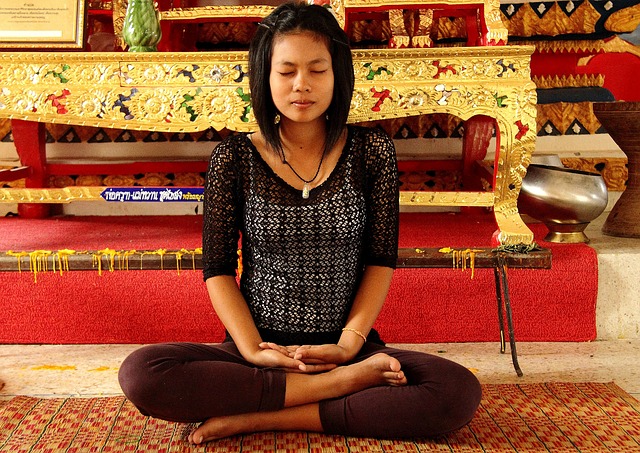Self-awareness can be developed in many ways and it underpins much of what is involved in effective leadership.
I will discuss a few ways to develop self-awareness but this is a lifetime pursuit!
1. 3 Minute Journaling
I discussed this process in more detail in a previous post on journaling. This free form of writing and reflecting is a very powerful tool for developing self-awareness. You can build the practice of 3 minute journaling into each day at a set time, e.g. at the end of a day, or use the process more spontaneously when the inclination and opportunity arises. In reading through what you have written, free of ongoing editing, you will achieve a closer insight into yourself and your reactions to people and events.
2. Somatic Meditation
This is an approach to increased body awareness. In previous posts, I discussed two approaches to this form of meditation – lower belly breathing and whole body breathing.
3. Progressive Relaxation
This involves progressively focusing on all parts of your body starting with your feet. You can very quickly identify points of stress in your body and focus on those points to relieve the tension. By reflecting on your day, you may be able to realise what was the catalyst for the tension in your body, e.g. an argument with your partner or colleague; conflict with your boss; or doing work you do not really enjoy or value.
4. Monitoring Your Thoughts and Language
Are you living in the future, not in the present? Are you “wishing it was Friday”; “Saying, I can’t wait for the weekend/holidays”? This is living in the future, not in the moment. If you monitor your thoughts and actions, you can become increasingly aware of when you are not focusing on the present moment.
5. Catching Negative Thoughts
We discussed earlier how negative thoughts can harm your self-esteem and negatively impact on others you come in contact with. If you monitor your thoughts, particularly when you are getting agitated, you will be able to notice your negative thoughts and address them.
As you grow in mindfulness you will develop self-awareness; in turn, focusing on developing self-awareness will contribute to your growth in mindfulness.
By Ron Passfield – Copyright (Creative Commons license, Attribution–Non Commercial–No Derivatives)
Image source: courtesy of geralt on Pixabay

